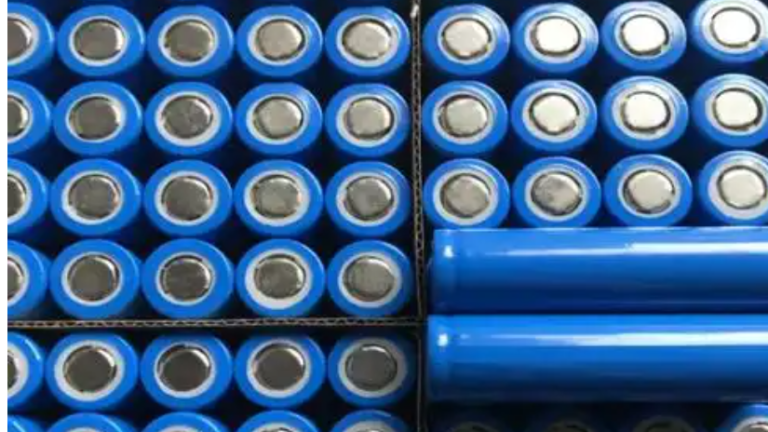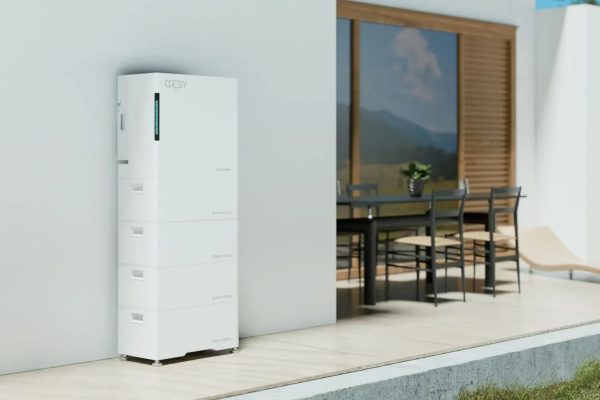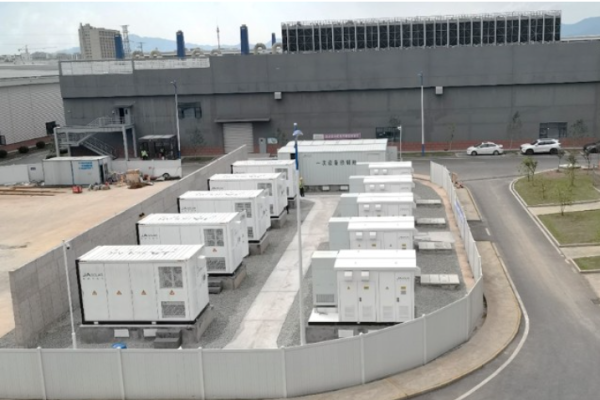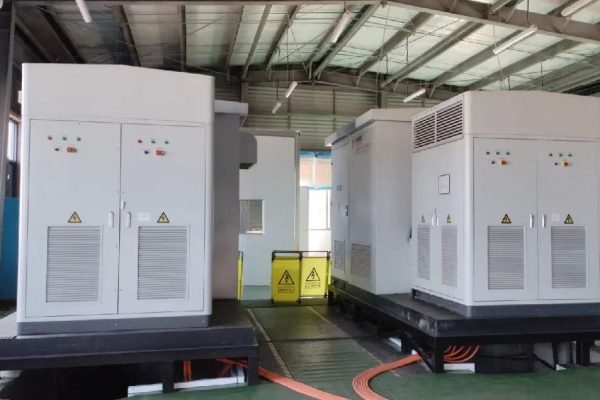Keywords:
1. Introduction
Sodium-ion batteries (Na-ion) are emerging as a promising alternative to lithium-ion (Li-ion) for stationary energy storage. But how do they compare? In this 2025 update, we evaluate performance, cost, and real-world viability.
2. Chemistry Overview
- Na-ion: Uses sodium, more abundant and cheaper
- Li-ion (LFP/NMC): Mature technology, higher energy density
3. Comparison Table
| Property | Sodium-Ion | Lithium-Ion |
| Energy Density | 100–160 Wh/kg | 150–250 Wh/kg |
| Cycle Life | 2000–4000 | 3000–6000 |
| Cost (USD/kWh) | $80–120 | $120–200 |
| Operating Temp | -20°C to 60°C | 0°C to 45°C |
| Commercial Maturity | Early | Mature |
4. Market Trends
- CATL, Faradion, and Natron Energy are leading sodium-ion R&D
- First Na-ion home ESS products expected by Q3 2025
5. Use Case Suitability
- Na-ion: Ideal for low-cost, large-scale, moderate-density storage
- Li-ion: Better for high-performance, compact installations
6. Challenges with Na-ion
- Lower energy density limits use in EVs
- Still maturing—warranties, certifications evolving
7. Conclusion
Sodium-ion batteries are set to disrupt the storage market with their cost advantage. For many ESS projects in 2025 and beyond, they’re a serious contender.
👉 Explore sourcing options for Na-ion and Li-ion batteries at gr-newenergy.com.









